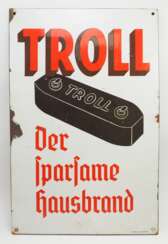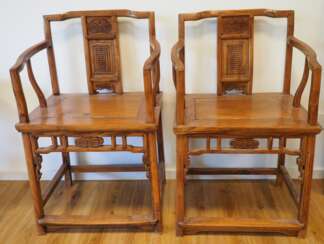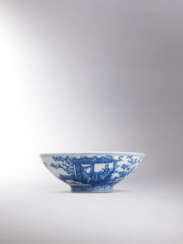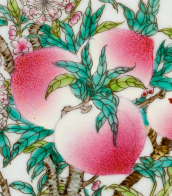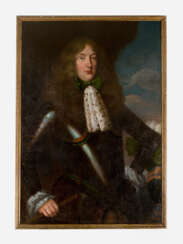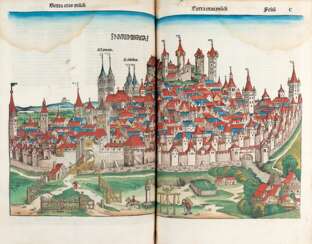antiques and art


John White Alexander was an American portrait, figure, and decorative painter and illustrator.



Sir William Douglas Hamilton was a British diplomat, archaeologist and volcanologist, a famous collector, and a Fellow of the Royal Society of London.
He served as British Ambassador to the Kingdom of Naples from 1764 to 1800, but most importantly, he was a passionate researcher of history, art and natural sciences and was a member of the Society of Dilettantes, established for the purpose of studying ancient art.
In Naples, Hamilton amassed a unique collection of antique vases and published an illustrated book about them. In parallel, Sir Hamilton studied the volcanoes Vesuvius and Etna, local volcanic and seismic activity, and the causes of earthquakes in the Neapolitan territory. As a corresponding member of the Royal Society, he sent the results of his research to London. His publications were very valuable for the time.


Jacob Ferdinand Voet was a Flemish High Baroque portrait painter.
Jacob was born in the family of the painter Elias Voet, in 1663 went to Rome, where he lived until 1680 and worked successfully. Here he became a respected member of the association of Dutch and Flemish artists Bentvueghels. The Roman aristocracy appreciated Voet's skill, he was also eagerly commissioned to paint portraits of English and other Europeans coming to Italy, and he painted a portrait of Queen Christina of Sweden.
Later in Florence, Jacob Voet painted portraits of the Medici family, and around 1685 he was appointed court painter in Paris, where he lived until the end of his days. In Paris he mainly painted portraits of political and military figures.


Hartmann Schedel was a German humanist, medical scientist, historian and chronicler.
Schedel was the first to compile a world chronicle, the so-called Visual History of the Earth from the Creation of the World to the 1490s, known as Schedelsche Weltchronik (Schedel's World Chronicle). It was published in 1493 in Nuremberg. About 600 woodcuts for this book were created by the artists and engravers Michael Wolgemuth (1434-1519) and Albrecht Dürer (1471-1528). The illustrations depict biblical scenes, family trees, portraits of famous personalities, and fairy tale or legendary creatures. However, the main ones here were maps of the world, Germany and Central Europe.
Hartmann Schedel was one of the first cartographers to use machine printing. He was also a renowned collector of books, artworks and engravings by old masters.





















